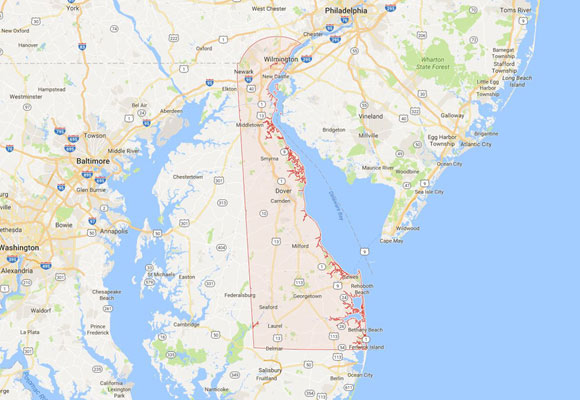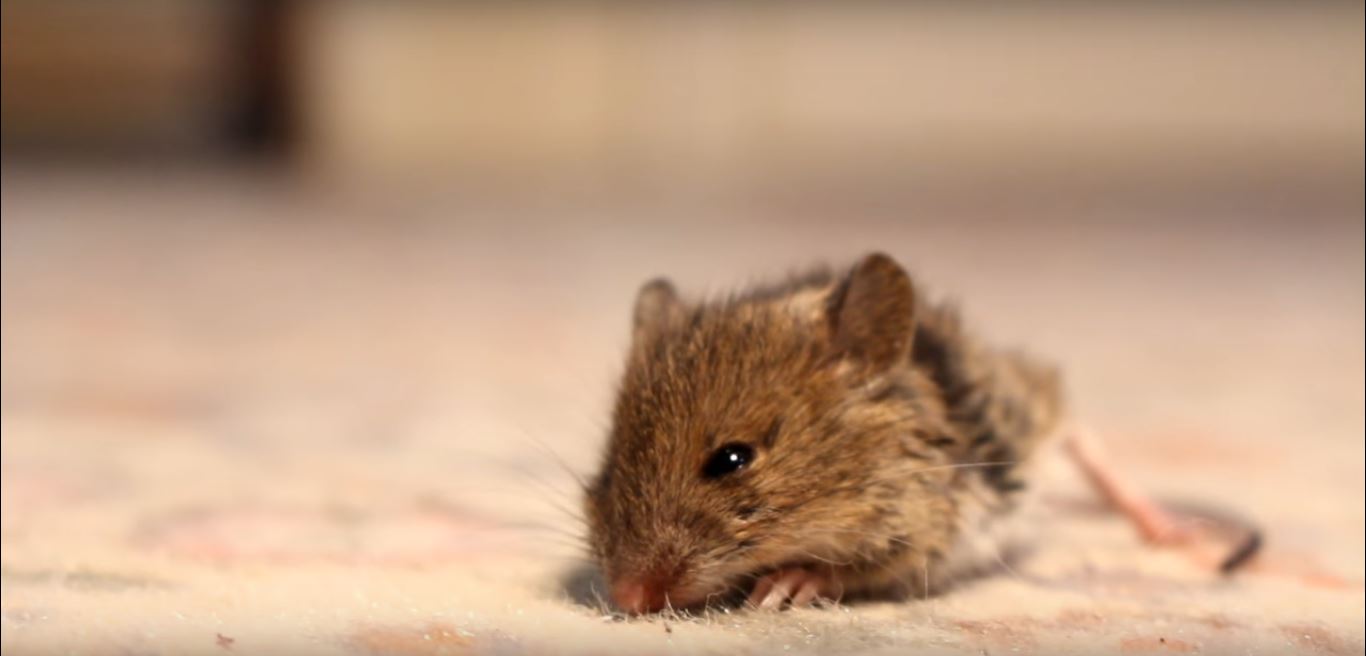
Pest Animal Removal Delaware - Wildlife Control
Welcome to Pest Animal Delaware! We are a wildlife removal company servicing Delaware, DE. If you need a wildlife control company that is available fast, give us a call for a free quote, or just some FREE wildlife control advice. We offer same-day and emergency appointments with fully trained technicians working locally in your area. And we work around the clock too - just like those animals do. They don't take days off, and we know that means we can't either. What we can do, however, is repair the damage the wildlife will have caused in your home, remove the wildlife itself, and then make sure it never gets the chance to come back in, sealing the holes with only the strongest materials ensured to stand the test of time … and miniature paws, claws and teeth. We can remove animals that destroy your garden, moles, for example. We can also remove colonies of bats from the attic, without injuring a single one. That's what we pride ourselves on, alongside our excellent customer service, and that's our dedication to providing a humane job. We won't ever use poisons, instead relying on live cage traps and exclusion devices to remove the critter without anyone or anything getting hurt. If you want to take a friendly and humane approach to wildlife control, give us a call for a chat and your free quote today. You'll find our 24/7 manned phone operators are super friendly! Call us now at 302-339-8078 for your Delaware wildlife control needs.
About Pest Animal Delaware and Our Services:
Property inspections and in-attic inspections.
Nuisance wildlife trapping and removal.
Critter damage repair to your home.
Attic restoration and decontamination.
We never use poisons! We don't handle insects.
Licensed and insured in Delaware
Delaware rat control and rodent removal
Raccoon and skunk removal in Delaware
Complete removal of squirrels in the attic
Delaware Snake control services
Bird Removal and Prevention
Call us any time to discuss your wildlife problem!
Our Service Range

Our Service Range
We service New Castle County, Kent County, and Sussex County. We serviced towns such as Laurel, Delmar, Bethany Beach, Fenwick Island, Rehoboth Beach, Lewes, Milford, Harrington, Camden, Dover, Smyrna, Middletown, Bridgeville, Seaford, Greenwood, Farmington, Houston, Lincoln and more.Delaware Wildlife Removal Tip of the Month: Facts About Delaware House Mice
Mice belong to a group of small rodents. Often confused with rats, mice can vary in color, but
keep their small size that ranges from 1 to 7 inches in length. Mice have small, long heads with
pointy mousses. Their ears are small and round. Their bodies are small and round as well, along
with their long and usually balled tails. Mice are usually very light in weight and capable of
climbing and getting into most hostile of spaces. The color of the mice fur usually varies from
very pale grey to even dark brown. Due to their likeable appearance, Delaware mice are often kept as pets
in human homes. Due to their biology, mice are also often used in purpose of medical research.

In fact, the chemical and neurological responses in mice are quite comparable to those in humans. For this
reason, mice, along with rats, are frequently used in various laboratory, medical and pharmaceutical research.
Mice are omnivorous mammals. This means that their inner biological systems are similar to those of other
mammal animals. Female mice breastfeed their offspring until the babies grow old enough to look for food on
their own. Given that Delaware mice are omnivorous, they feed on a variety of types of foods. Mice can feed on fruits,
vegetables, meats and grains, although they absorb the most nutritional value out of meat. What is specific
about mice is their elasticity and the ability to flatten their bodies, to get through narrow spaces. Their
bones are quite elastic, and their internal organs as well. Similar to cats, the internal organs in mice can
somewhat dislocate to allow them to flatten their bodies, returning to normal shape after the exterior pressure
stops affecting them. This is the reason why mice usually get inside of human households in such an easy manner.
They are capable of passing through the tiniest of holes and gaps, like those in door and window frames, due to
their natural flexibility. Similar to rats, mice are capable of procreating with incredible speed. Rats reach maturity
at only 4 weeks, which means that at this time they will be capable of breeding. However, breeding in such early stage
can be difficult for female Delaware mice, and they often die while giving birth. The male mouse is called “buck” and the female
mouse is called “doe”. Mice usually have between five and ten litters per year, which means that their population, if not
controlled, can grow very fast. The gestation period in mice is between 19 and 21 days. An average doe can give birth to
anywhere between 3 and 14 babies. Since mice began mating at a very young age, those litters that come from parents that
are not siblings are considered to be healthier than those who are a product of in-breeding.
Fields are usually mice's natural habitat. They prefer to nest in sheltered, dark areas, although they will spend the day
running around the field and picking up food. Some of the mice species will burrow nests underground, although it is not
their first choice when it comes to residing in nature. Although Delaware mice prefer to live in the wild, they often reside in
populated areas, like abandoned buildings, and often human households. Mice also often live underground in populated areas,
and can be found inside sewage pipes and canals. Mice often enter human households if drawn with the opportunity for food
and shelter.
Other Wildlife Control Delaware information
- Should I Feed a Baby Opossum I Found?
- How to Use One-Way Exclusion Funnels to Remove Bats
- Is Squirrel Feces Dangerous to Touch or Breathe?
- Will a Rat in the Attic have a Nest of Babies?
- How Raccoons Get Out of the Chimney?
- Information About Skunks
- Will a Strobing Light or High Pitch Sound Deterrent Machine Work on Rats?
- What are Some Humane Ways to Kill an Opossum in a Cage?
- What are a Skunks Mating Habits?
- How do You Know if You Have a Groundhog Under Your Shed or Porch?

